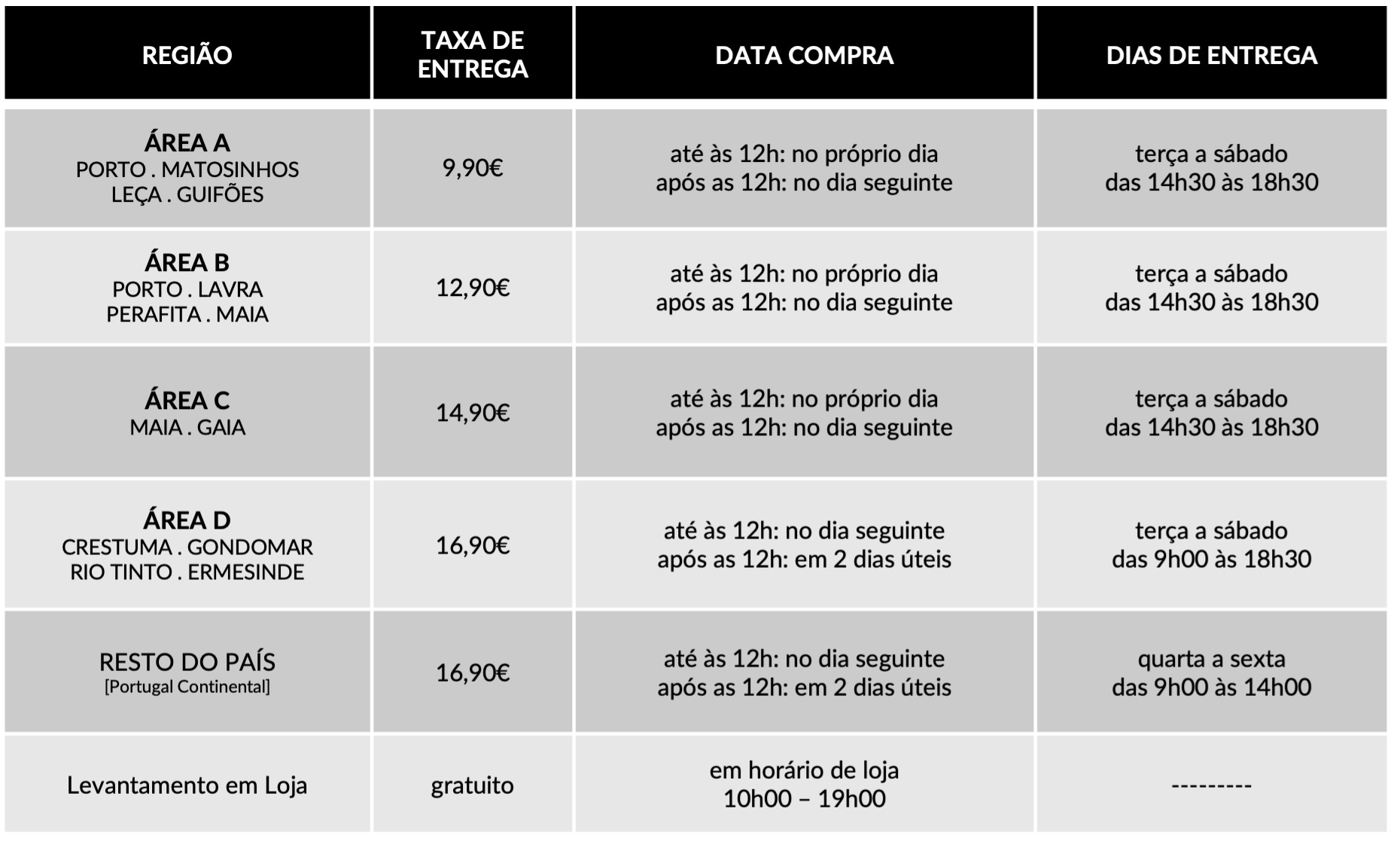Privacy Overview
| Cookie | Duração | Descrição |
|---|---|---|
| cookielawinfo-checkbox-analytics | 11 months | This cookie is set by GDPR Cookie Consent plugin. The cookie is used to store the user consent for the cookies in the category "Analytics". |
| cookielawinfo-checkbox-functional | 11 months | The cookie is set by GDPR cookie consent to record the user consent for the cookies in the category "Functional". |
| cookielawinfo-checkbox-necessary | 11 months | This cookie is set by GDPR Cookie Consent plugin. The cookies is used to store the user consent for the cookies in the category "Necessary". |
| cookielawinfo-checkbox-others | 11 months | This cookie is set by GDPR Cookie Consent plugin. The cookie is used to store the user consent for the cookies in the category "Other. |
| cookielawinfo-checkbox-performance | 11 months | This cookie is set by GDPR Cookie Consent plugin. The cookie is used to store the user consent for the cookies in the category "Performance". |
| viewed_cookie_policy | 11 months | The cookie is set by the GDPR Cookie Consent plugin and is used to store whether or not user has consented to the use of cookies. It does not store any personal data. |

Dedicamos toda a atenção na manutenção e preservação das nossas Flores, garantindo que cheguem ao nosso cliente com toda a frescura, qualidade e beleza. Disponibilizamos várias soluções de manutenção e embalamentos adequando sempre a cada necessidade e contexto da entrega.
Pode incluir na sua oferta uma mensagem personalizada que irá ser reproduzida por nós. No processo da compra online basta preencher o campo ”dedicatória” e escrever a mensagem pretendida.
Valorizamos e priorizamos a qualidade dos serviços e dos nossos produtos. Todas as flores disponibilizadas nos ramos e arranjos disponíveis na loja online são frescas e estão em condições de servir o destinatário.
Caso haja alguma insatisfação por parte do cliente, recomendamos que utilize os nossos canais de comunicação para que possamos analisar a questão.
As fotografias são ilustrativas, quer isto dizer que não garantimos a 100% a sua fieldade com a realidade.
As fotografias devem ser interpretadas como uma base de modelo ou de estética onde as alterações estão sujeitas ao stock da flor e ao trabalho humano de cada florista. Note-se que algumas flores são sazonais e não estão disponíveis todo o ano. Como tal, serão necessárias fazer adaptações consoante a época e o stock da flor.
Para casos onde as alterações sejam extremamente notórias, contactaremos o cliente para ajustar a melhor solução.
Não cancelamos nem alteramos encomendas se esta já se encontrar em fase de curso, ou seja, se já tiver saído da loja e em fase de transporte.
Se a encomenda se encontrar no estado inicial, de processo, é possível alterar e cancelar a encomenda e reaver o seu dinheiro.
Caso não havendo outra referência dada pelo utilizador (por exemplo: deixar no porteiro, na loja x, à pessoa y) o utilizador será contactado de imediato para ficar ao corrente da situação e, à falta de alternativas, a encomenda voltará para a Terrárea, Caso seja reagendada uma nova entrega será cobrada novamente taxa de entrega.
Sublinhamos a importância dos dados fornecidos pelo utilizador estarem correctos e claros. Há sempre a possibilidade do utilizador acrescentar um ponto de referência e outras informações para que não hajam quaisquer dúvidas no acto da entrega garantindo, assim, a qualidade do serviço.
Lamentamos mas não podemos facultar essa informação, se o cliente que realizou a encomenda não pretender.
Estamos abertos a alterações embora estas estejam sempre condicionadas pelo tipo de pedido do utilizador, stock em loja e conceito estético. Nestes casos sugerimos o contacto telefónico ou por email.
Queremos satisfazer todos os nossos clientes e oferecer o nosso melhor serviço. Agradecemos, por isso, todas as opiniões e sugestões para podermos encontrar soluções às suas necessidades! Contacte-nos a partir dos seguintes meios: via email info@terrarea.pt ou telefone 223 170 414
You can see how this popup was set up in our step-by-step guide: https://wppopupmaker.com/guides/auto-opening-announcement-popups/

Ao subscrever a newsletter aceito o tratamento de dados pessoais segundo as políticas de privacidade.
SIGA-NOS EM
CONTACTOS
223 170 414
(Chamada para a rede fixa nacional)
INFO@TERRAREA.PT
COMERCIAL@TERRAREA.PT


How to Fight MEV, Save on Gas, and Swap Across Chains Without Losing Your Shirt
Okay—real talk. Trading on-chain used to feel like tossing a note into a crowded room and hoping someone didn’t snatch it. My first big DeFi loss was a sandwich attack on a sleepy DEX pair. Oof. After that, I got obsessive about three things: MEV protection, safer cross-chain swaps, and trimming unnecessary gas spend. This piece is for folks who use multiple chains and want a wallet that’s built for real-world risks—practical, not theoretical.
Here’s the short version before we dig in: MEV is extractable value people (or bots) take from your transactions; cross-chain swaps add timing and counterparty layers; and gas optimization is both about saving ETH and avoiding failed transactions that leak funds. Each problem overlaps with the others, so solving one often helps the others. I’ll walk through what to watch for, actionable tactics you can use now, and what to look for in a multi-chain wallet—like security features that matter day-to-day. For a wallet built with multi-chain users in mind, check out rabby wallet.
MEV: What it is, why it hurts, and how to blunt it
MEV stands for “miner/maximum extractable value,” but really it’s the value bots or validators pull from transaction ordering, insertion, or censorship. Think sandwich attacks (bots place buy before your trade and sell after), frontruns, and backruns. It’s not just annoying; it can turn a profitable trade into a loss after fees and slippage.
Quick tactics that work:
My instinct says private transactions are the cleanest fix, but there are tradeoffs—latency, availability on some chains, and occasional fees. Initially I thought “just use a relay” and that’d be it, but actually, wait—there are times when private relays aren’t available on a chain or when you need to interact with smart contracts that don’t accept bundle formats. On one hand you gain protection; on the other, you might lose composability with certain protocols. So mix-and-match based on the trade.
Cross-chain swaps without turning into a bridge story from the news
Cross-chain swaps are where risk compounds. You’re dealing with chain finality differences, relay trust models, liquidity routing, and often time delays that create MEV windows. The usual suspects: custodial bridges, liquidity networks, and atomic-swap style designs all have pros and cons.
Practical rules to reduce pain:
Here’s a real-world thought: if you’re routing a trade that goes swap->bridge->swap, you’ve now tripled your attack surface. That second swap on destination chain is an MEV target while it awaits finality. One tactic I use: pre-sign and pre-allocate approvals and break flows so that the critical moving piece completes in a single combinable operation when possible.
Gas optimization—cut costs and avoid wasted transactions
Gas is both economics and hygiene. Overpaying is one problem; failed transactions (out-of-gas, revert) leaking ETH to miners is a bigger one. Saving gas is also a way to reduce MEV exposure—lower gas can mean less obvious tx or different ordering effects.
Actionable gas hygiene:
One nuance: trying to minimize gas too aggressively can backfire. Underestimating gas causes failed txs and wasted gas. My current practice is to estimate with a conservative buffer and use wallets that show real-time gas estimates from reliable nodes, not stale explorer data.
Wallet features that actually help
Not all wallets are equal. For multi-chain power users, the right features aren’t flashy—they’re practical. Here’s what I look for:
Okay, small plug based on hands-on: a wallet that bundles many of these conveniences is often a better day-to-day guard than a “raw” hot wallet plus a dozen separate tools. That’s why wallets like rabby wallet have gotten traction among power users—they try to bake UX around these real-life frictions.
Checklist: What to do before you hit send
Do this. Seriously. It takes 30–60 seconds and can save you tunned headaches:
FAQ
Q: Can I completely avoid MEV?
A: No. MEV is part of how blockchains order and include transactions. You can dramatically reduce exposure with private relays, MEV-aware aggregators, and better execution strategies, but zero risk is unrealistic—especially on busy chains.
Q: Are cross-chain swaps ever as safe as a centralized exchange?
A: Not exactly. Centralized exchanges centralize custodial risk; bridges and cross-chain routers distribute trust and add finality complexity. For many users, a reputable CEX is faster and simpler, but non-custodial cross-chain tools are getting safer and more convenient for those who value custody. Pick based on what risk you accept.
Q: Is it worth paying for a premium relay or service?
A: If you frequently execute large or time-sensitive trades, yes. The cost of a missed or sandwich-aided trade can far exceed relay fees. For occasional small swaps, it’s often not worth the premium.
Bottom line—this stuff is messy. You can’t fix every vector at once, but small, consistent practices cut risk: use private execution for big trades, prefer aggregated/atomic cross-chain flows, batch calls, and pick a wallet that makes those choices easy. I’m biased toward tools that reduce friction without hiding complexity—because when things go sideways, clarity beats cleverness.
Last thought: be skeptical, stay humble, and don’t assume a single strategy is forever. Protocols change, chain dynamics shift, and new MEV techniques show up. Keep one eye on fees and the other on execution mechanics—your future self will thank you.